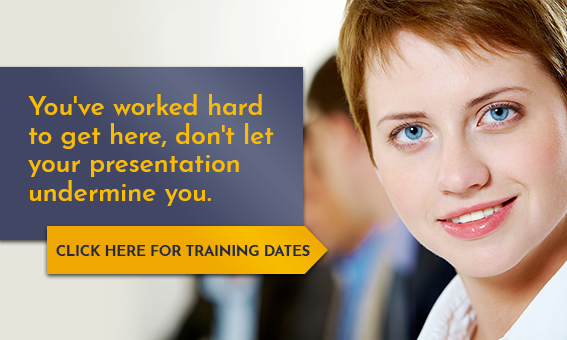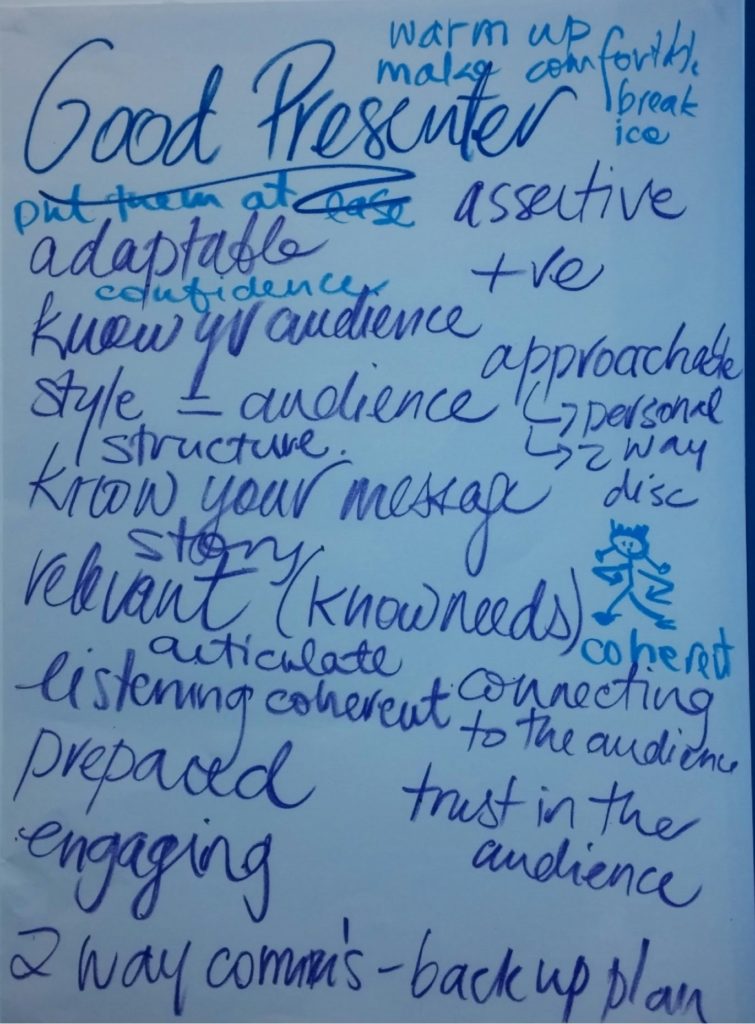Here are some essential communication skills for making a compelling case.
You probably spend a large chunk of your life getting others to things for you. Persuading your boss to give you time off. Influencing your spouse to spend time with you, convincing the kids to go to bed.
But right now we are talking about major important deals. You have to stand at the front of the room, take a deep breath and make such a compelling case that they can’t say no. Here is how.
Take a breath
First off, it is important to start breathing.
When you are nervous you can hold your breath. This makes your brain stops thinking. This triggers a fear response in the brain: you retreat into defensiveness. You just want to run away or punch someone. So breathe. Practice taking deep breaths write down into your belly as you practice your presentation. Unclench your fists. Move your elbows away from your rib cage. If you find it hard to breathe here is a tip: speak lower and slower and your breath will slow down.
Prepare the words
Begin as you mean to end. Calm. Prepare the first two sentences. Practice them until they sound natural and normal. Then the rest will flow. You should also prepare the rest of the presentation of course!
Use images and props
If you stand up and use visual aids the audience is more likely to be onside. And according to research they will spend26% more on your product. Examples of visual aids include posters, photographs, PowerPoint images or actual props. If your audience tends to fiddle with pens or rubber bands or telephones when listening, give them each a prop, it will focus on them as they listen. And if the prop promotes your business, that’s even better.
Practice what you will say
It may seem obvious, but practice what you will say. It feels silly and the more you do it the less it becomes so. Practice not just the words but how you will say them. People read your intention from your gestures. Consider what gestures you want to use and choreograph your presentation. If you want to come across as open, open up your gestures. If you want to be seen as thoughtful adopt the pose of the thinker. You must practice this though so it comes across naturally not like a kindy kid doing show and tell.
Don’t read to me
In case you haven’t heard there is a epidemic of death by PowerPoint. Your power point slide is not a substitute for palm cards. Do not put every word you will say on the slide. Choose an image which prompts you to remember what you need to say. Or an image which intrigues the audience. If you must read to me, that then read me something significant. If you feel you must have all the words on a slide then pause so that people can read the words for themselves. Then say what you want to say.
Focus on them not you
Working with hyper-confident, powerful people I am constantly surprised to find how much some of them dread public speaking. Consistently they focus on themselves and their shaking voice, their wobbly knees and whether someone will find out that they are fake.
To get out of a nervous state, focus on the audience. The old advice of picturing them naked is just one device for doing this. I suggest you smarter to pay attention to the small signs that tell you they are listening and interested. When your focus is on them, the room and its energy, then you can give them what they want. As an aside, know you always have the option to say I don’t know I’ll get back to you. You don’t need to know everything. In the age of the Internet most information is available with a quick Google. People do not expect you to be the Internet.
Take a moment up front to clarify the audience’s WIIFM (what’s in it for me). When you know what’s what they want out of it, you know how to sell them rather than tell them.
Tell stories
People will forget facts. They remember stories. Tell a once upon a time story or a case study or a funny thing happened on the way to the forum story. Make it relevant and followed through the three step formula:
- Incident (what happened)
- Point (the punch line or pay off)
- Benefit (why I am telling this story)
Telling a story alone has an impact. Telling an enjoyable story and then making it relevant to the audience (the benefit) lifts you to professional level. If you can read, illustrate, and engage your audience you’re well on the way to convincing everyone.
This article appeared in Mortgage Professional Australia Magazine in 2013 and several affiliated sites around the world in the years after that.
Contact Cindy to organise an in-house Presentation Mastery workshop

Here are more posts on presentations.





